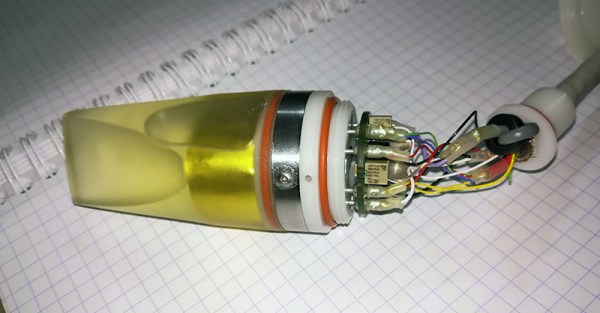It’s Friday, and that means this is your last weekend to get your project together for the Robotics Module Challenge in this year’s Hackaday Prize. We’re looking for tools for robots that blow the doors off what is commercially available. If you have a project in mind that adds sensors or capabilities to our fine electronic friends, enter it in the Hackaday Prize.
The Hackaday community has thrown itself full-force into the Hackaday Prize, and right now we’re getting very close to eight hundred projects entered in this year’s Prize. Next week, we’ll choose the top twenty projects entered during the Robotics Module Challenge to advance to the finals. Each of those twenty projects will be awarded $1,000 and be in the running to win the Grand Prize of $50,000 and four other top cash prizes.
This is your last chance to get in on the Robotics Module Challenge. For this Challenge, we’re looking for modules that can be used in robotics projects across the world. This could be a motor driver, sensor package, or even 3D printed tweels. Don’t wait — start your entry now.
Continue reading “This Is Your Last Chance To Design The Greatest Robotics Modules”






















